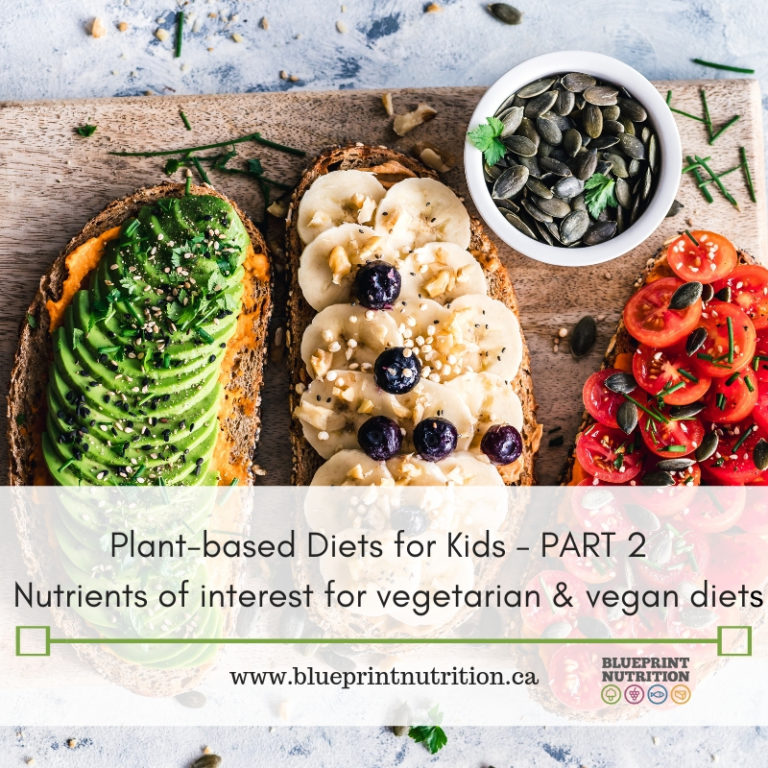Welcome to part 2 of our 3-part blog series on plant-based diets for children. Today’s post will look at the top 5 nutrients of interest (or of concern) with a plant-based diet for children. We can’t possibly cover everything in this post so if you have questions, leave a comment below or contact us for more information!
So now that we know plant-based diets are considered safe dietary patterns for Canadian children to follow, let’s take a quick peak at the position statement by the Canadian Paediatric Society (CPS) again.
“Well-planned vegetarian and vegan diets with appropriate attention to specific nutrient components can provide a healthy alternative lifestyle at all stages of fetal, infant, child and adolescent growth. Appropriate education of the family and follow-up over time are essential…”
The CPS is alluding to the fact that vegetarian and vegan diets for children, although healthy and safe, do require specialized education and advance thought/planning as it pertains to some key nutrients. Without adequate amounts of nutrients like vitamin B12, there can be serious and devastating effects. We will cover five of those key nutrients below.
Calcium and vitamin D
Childhood and adolescence are critical periods for the mineralization of the skeleton and achieving peak bone mass. It is important that all children, regardless of whether they are on a plant-based diet or not, meet daily recommendations for both calcium and vitamin D, two key nutrients involved in the formation of bones and teeth. Research shows us that children following a vegan diet are at a higher risk for poor intake of these nutrients.
Calcium
In a lacto-ovo and lacto vegetarian diet, dairy products are included which are bioavailable (meaning, readily absorbed) sources of calcium. In vegan diets calcium is obtained exclusively from plants. However, calcium in plants is not as easily absorbed as it can be bound to other compounds, for example, phytates which interfere with the absorption of calcium. Soaking, sprouting, juicing, blending, fermenting can all help to release calcium from phytates and make sure most calcium from the food is absorbed.
Plant-based foods rich in calcium include low oxalate green leafy vegetables (i.e. bok choy, kale, collards, Chinese cabbage), broccoli, sesame seeds and tahini, almonds and almond butter, dried figs, blackstrap molasses, soy, tempeh, calcium-set tofu, navy beans and fortified plant-based milk alternates (only provide plant milks if your child is over 2 years old due to low protein and fat content). A simple substitution such as replacing your peanut butter with almond butter instead gives you a 6-fold increase in calcium! Contrary to popular belief, spinach is not a good source due to the presence of oxalates which binds the calcium significantly reducing its absorption.
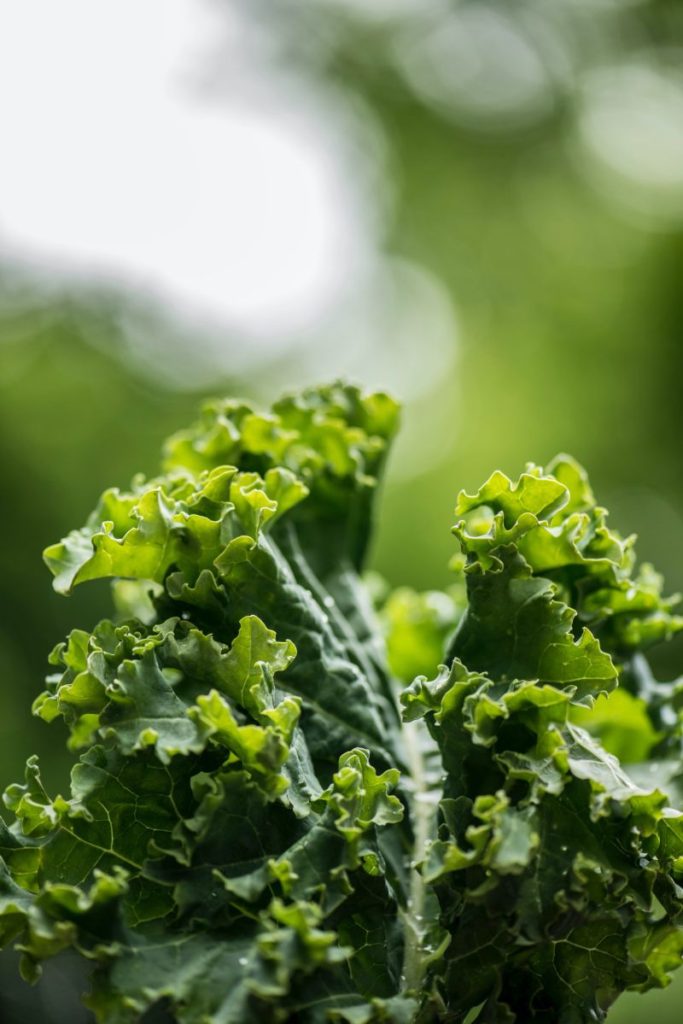
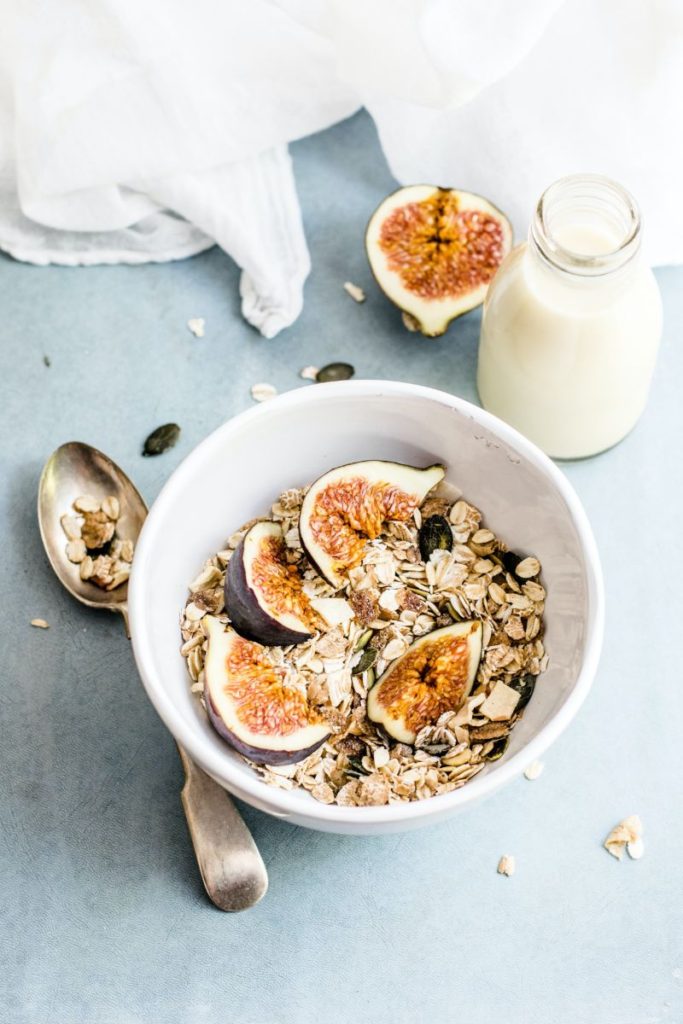
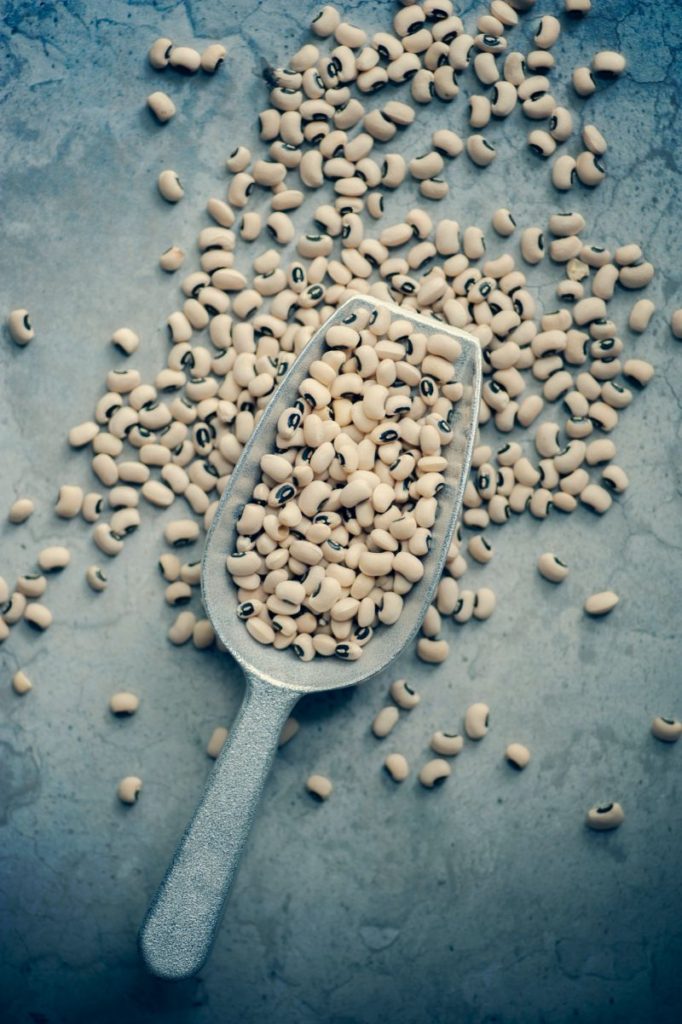
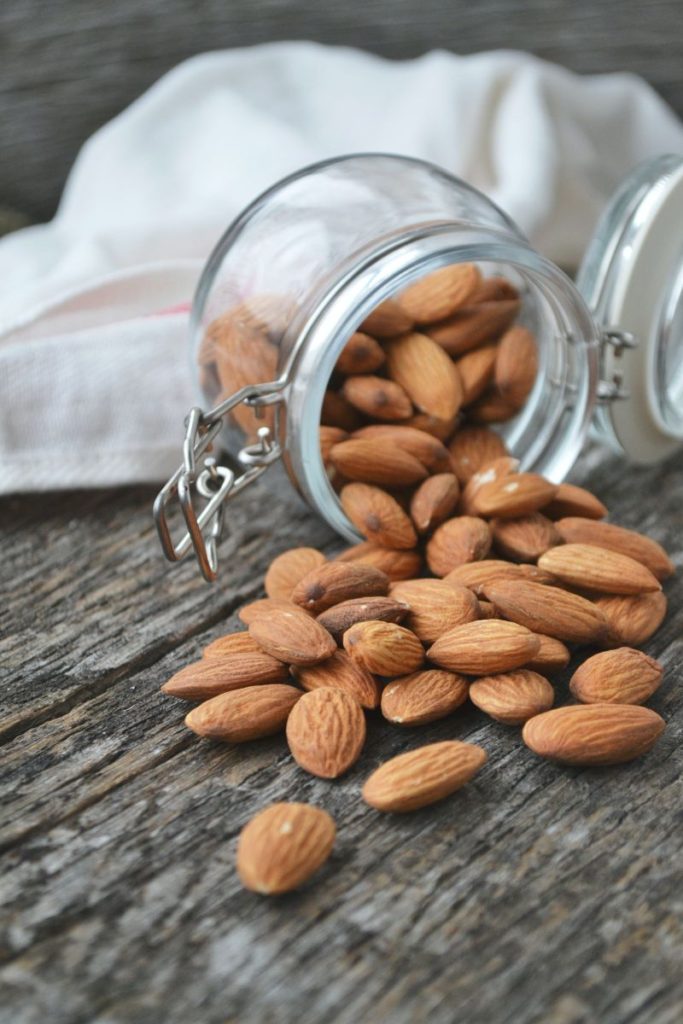
Calcium requirements vary depending on age from a mere 260 mg for infants 7 to 12 months, up to 1300 mg for children 9 to 18 years old. There are many calcium-rich plant-based dietary choices. With a little bit of planning, it is possible for your child to meet his or her requirements from food alone. Nonetheless, a supplement may be required, even if just to “top up”. Speak with your dietitian about what form and dosage of calcium is best.
Vitamin D
Plant-based dietary sources of vitamin D are dismal at best. Some wild mushrooms and cultivated mushrooms grown with light exposure can be a source of vitamin D – but let’s get real, your kids aren’t likely not going to eat bucket-loads of mushrooms every day! There are many foods that have been fortified with vitamin D (meaning, vitamin D has been added to a food where it is not naturally occurring), including some plant-based milk alternates, orange juices and other processed foods. The easiest way to spot these is to read the label.
We strongly suggest vitamin D supplementation due to few consistent food-based choices and low sun exposure for many Canadians. Beware that most vitamin D3 supplements (cholecalciferol form) are made from sheep’s wool. There are some vegan D3 options out there – your best bet is to pop into your local health food store or do a quick Internet search for “vegan vitamin D3”. Vitamin D2 (ergocalciferol) is plant-derived, making it a vegan-friendly option as well.
Vitamin B12
Vitamin B12, also known as cobalamin, has many different jobs in the body, including converting fats, proteins and carbohydrates into energy for cells, building DNA and red blood cells and maintaining healthy nerve fibres. A deficiency of this vitamin can have severe consequences, including nerve and brain damage and anemia.
Children following a vegan diet who don’t have a reliable source in their diet WILL eventually become deficient. Case reports (here and here and here) of infants and children with significant B12 deficiency have raised concern around the safety of strict vegetarian and vegan diets for children. Babies are particularly vulnerable as they have not yet built up their reserves and are dependent on mom having had adequate intake during pregnancy and breastfeeding.
Vitamin B12 is only reliably found in animal products, not plants, but has been added to fortified foods like nutritional yeast, plant-based milk alternates, breakfast cereals and soy-based meat analogs. Some sources cite that you can get enough vitamin B12 from these foods. While that may be true, our stance is that you don’t want to fool around with this nutrient!
We advise our vegan clients that a B12 supplement is essential for all life stages, especially pregnant and lactating moms, infants and children. There are various forms of supplements in both liquid (for babies) and pill/tablet form. Required amounts vary depending on your age and whether you take the supplement once or twice daily or weekly. Speak with your doctor or dietitian about what amount and form is best for you or your child.
Iron
Iron deficiency is the most common nutritional deficiency in children, and providing iron-rich foods for all children, whether following a plant-based diet or not, is vitally important. Iron is a part of red blood cells, helping to transport oxygen and carry away carbon dioxide. It plays a key role in brain and muscle functioning.
If breastfed or formula-fed with an iron-fortified infant formula, babies tend to have adequate iron until about 6 months of age. This is why parents are encouraged to offer iron-rich solids as a first food to babies at least twice daily. Teenagers, athletes, picky eaters and toddlers who drink too much milk are all at an elevated risk for iron deficiency. Even though iron from plant-based foods is not as bioavailable as iron from animal foods, vegetarian children show iron intake above non-vegetarian peers and have no greater risk for iron-deficiency or iron-deficiency anemia.
Dietary sources of iron in a plant-based diet include legumes (lentils, beans, peas), pumpkin seeds, chia seeds, cashews, oatmeal, kamut, blackstrap molasses, dried fruit, and fortified foods like breakfast cereals.


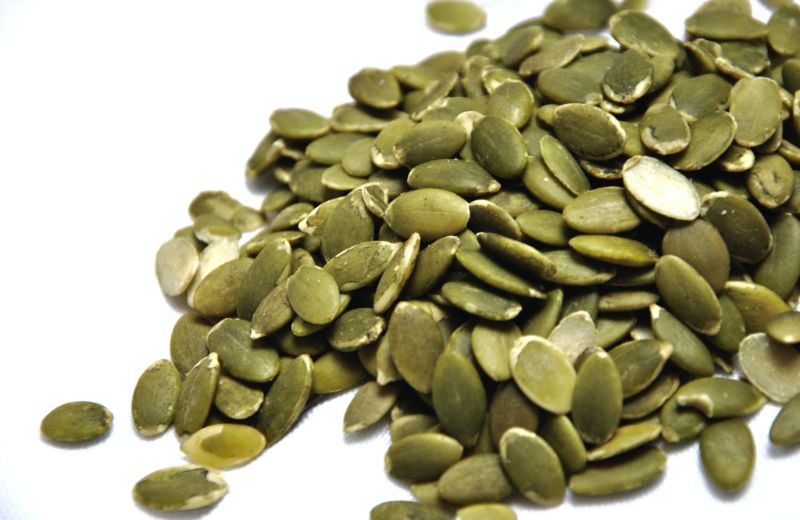
As noted, there are two types of iron found in food – heme iron (from animal foods) and non-heme iron (from plant foods). The lower bioavailability of iron from plants is because of differences in absorption as well as certain compounds (including fiber, phytates, tannins and polyphenols) preventing full absorption. As previously mentioned, soaking, fermenting, and sprouting break down the phytate in grains, beans, peas and lentils to release iron and make it easier to absorb.
To boost iron absorption, plan to offer your child a food that is rich in vitamin C, like red peppers, strawberries, and citrus fruits, alongside an iron-rich food. Or simply add a few drops of lemon juice to the food or meal. This small change can increase the absorption of iron up to 4 times.
Because iron from plant-foods isn’t as easily absorbed as iron from animal foods, it is recommended that vegetarians and vegans aim for 1.8 times more iron then recommended intakes for each age/stage.
A supplement may be indicated if blood work shows that your iron levels are low. There are various types and forms of iron, from liquids to pills. Be sure to consult with your physician or dietitian about the best option for your child to minimize side effects and maximize absorption.
Omega-3s
Essential fatty acids are very important to consume because our bodies cannot make them. Two types of omega-3 fatty acids, EPA and DHA (eicosapentaenoic acid and docosahexaenoic acid) are critical building blocks for the development of a baby’s retinas, brain and central nervous system. While EPA and DHA can be consumed directly from fatty fish like trout and salmon, ALA (alpha-linolenic acid) is the omega-3 fatty acid found in plant-based foods that must go through some extra steps to be converted to EPA and DHA in our bodies.
To ensure that there is enough ALA to convert to EPA and DHA, many health authorities suggest a higher intake of omega-3 fatty acids from ALA for those on a plant-based diet (i.e. double the recommended daily allowance).
As was the case with calcium and iron, there are dietary compounds that inhibit the conversion of ALA to EPA and DHA and therefore, we want to minimize these in a plant-based diet. These inhibitors include a diet high in omega-6s (corn, safflower, sunflower, grapeseed oil), trans fatty acids (partially hydrogenated vegetable oils) and alcohol intake (hopefully not a concern yet for younger children).
Good plant sources of the ALA omega-3 fatty acid include ground flaxseeds and flaxseed oil, chia seeds and chia oil, walnuts and walnut oil, wheat germ and some sea vegetables.
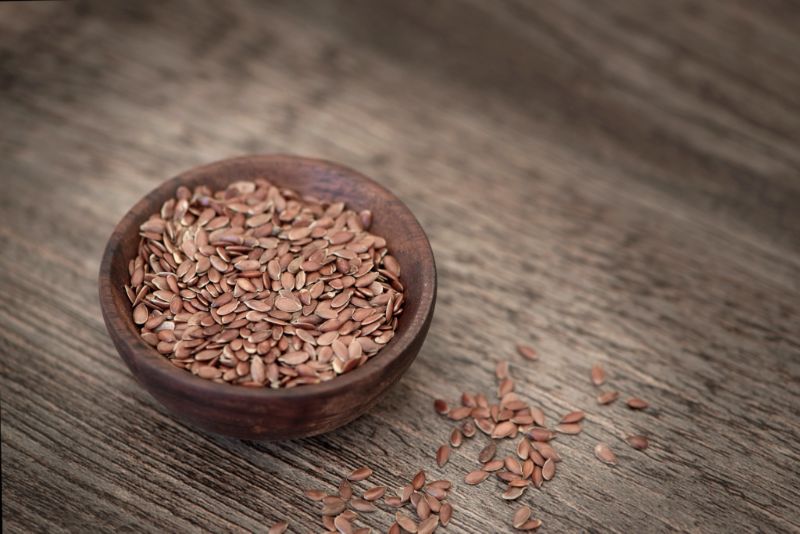
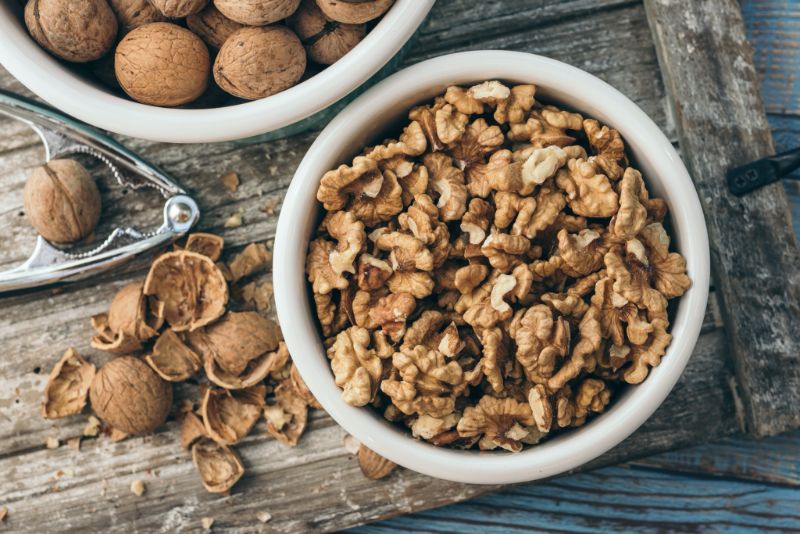
Many research papers, including the Italian DRIs, recommend a supplementary source of vegetarian DHA during pregnancy and lactation, while others also recommend that children following a plant-based diet be given a daily DHA supplement from 6 months to 3 years of age. There are many good vegetarian/vegan-friendly options out there. Speak with your dietitian to decide on the best supplement and dose for yourself or your child.
We cannot possibly cover all the nutrients in a short blog post but two others to draw your attention to include zinc and iodine – zinc, which can typically be obtained from food and iodine which we can easily get enough of with a pinch or two of iodized salt on our food.
What questions do you have about essential nutrients for a well-planned plant-based diet for your child or your family? Leave us a comment or contact us and let’s get started!
Take it one bite at a time,
Rosanne
References:
- CPS Position Statement: Paediatric Child Health 2010;15(5):303-314 – link here
- Schürmann S et al. Eur J Nutr. 2017 56(5):1797-1817 link here
- Davis B. and Melina V. Becoming Vegan Express Version – link here
- Angoli C. et al. Nutr Metab Cardiovasc Dis 2017 (27):1037-1052 – link here
- Baroni L. et al. Nutrients 2019 11(1):5 – link here
- Baroni L. et al. J Acad Nutr Diet. 2016;116:1970-1980 – link here
